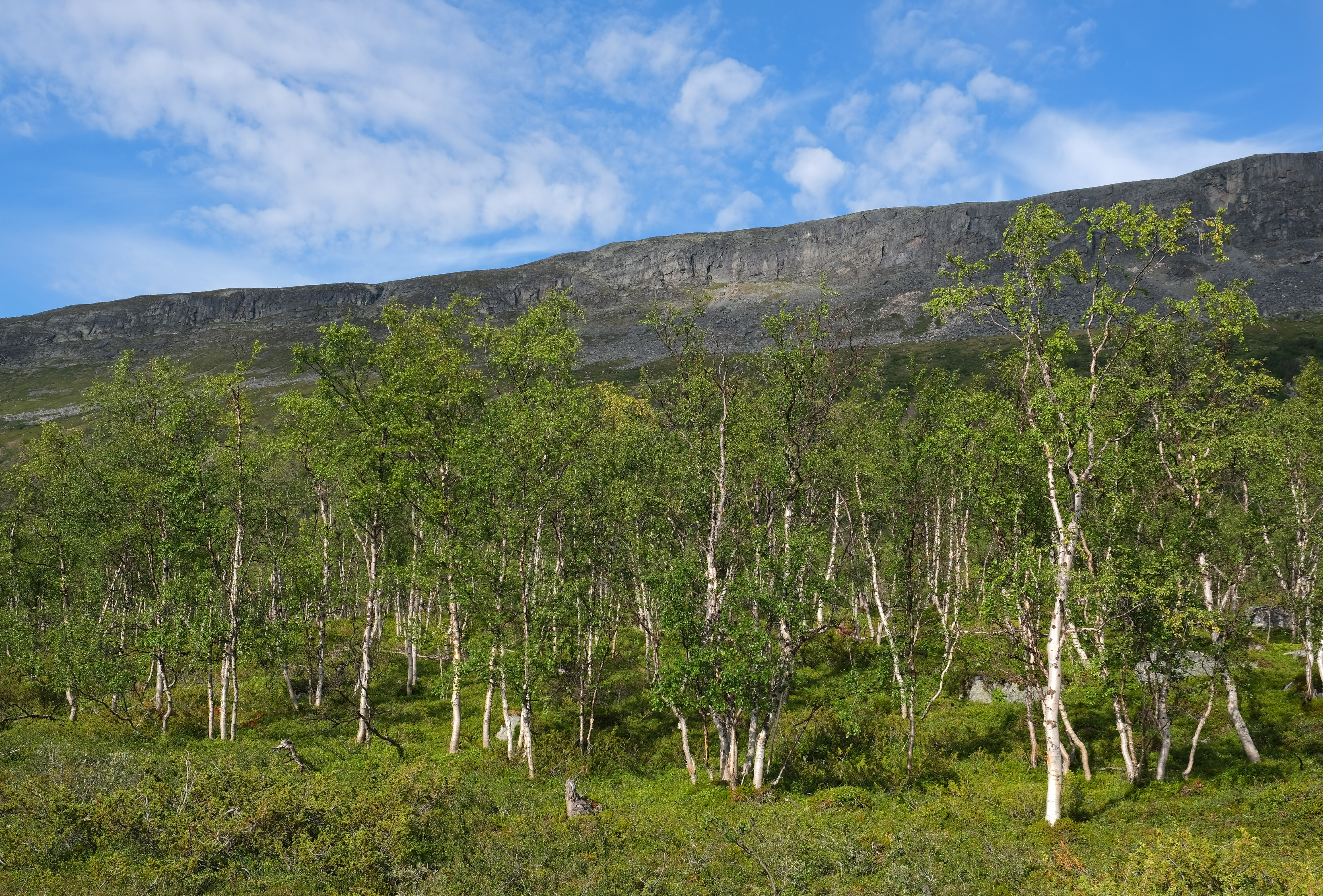Downy birch
Enlarge text Shrink text- WWW.British-trees.com website, Mar. 9, 2007(Downy Birch (Betula pubescens))
- Wikipedia.org website, Mar. 9, 2007(Downy Birch (Betula pubescens) is a species of birch, native and abundant throughout northern Europe, Iceland, northern Asia and also Greenland; It is also known as: White Birch, European White Birch or Hairy Birch)
- Plants.usda.gov website, Mar. 9, 2007(Betula pubescens (common name: Downy birch); family: betulaceae)
- ITIS search, July 13, 2007(Betula pubescens Ehrh., syn.: Betula alba, common name: downy birch)
- GRIN taxonomy for plants, July 13, 2007(Betula pubescens Ehrh., common names: downy birch, white birch, syn.: Betula alba)
- A-Z encyc. of garden plants, 2004(Betula pubescens, downy birch)
- Hortus 3(Betula pubescens, Betula odorata)
- Complete encyc. of trees & shrubs, 2003(Betula pubescens, downy birch)
Betula pubescens (syn. Betula alba), commonly known as downy birch and also as moor birch, white birch, European white birch or hairy birch, is a species of deciduous tree, native and abundant throughout northern Europe and northern Asia, growing further north than any other broadleaf tree. It is closely related to, and often confused with, the silver birch (B. pendula), but grows in wetter places with heavier soils and poorer drainage; smaller trees can also be confused with the dwarf birch (B. nana). Six varieties are recognised and it hybridises with the silver and dwarf birches. A number of cultivars have been developed, but many are no longer in cultivation. The larva of the autumnal moth (Epirrita autumnata) feeds on the foliage and in some years, large areas of birch forest can be defoliated by this insect. Many fungi are associated with the tree and certain pathogenic fungi are the causal agents of birch dieback disease. The tree is a pioneer species, readily colonising cleared land, but later being replaced by taller, more long-lived species. The bark can be stripped off without killing the tree. The bark and the timber is used for turnery and in the manufacture of plywood, furniture, shelves, coffins, matches, toys and wood flooring. The inner bark is edible and it was ground up and used in bread-making in times of famine. The rising sap in spring can be used to make refreshing drinks, wines, ales and liqueurs and various parts of the tree have been used in herbal medicine.
Read more on Wikipedia >
 Topic
Topic






